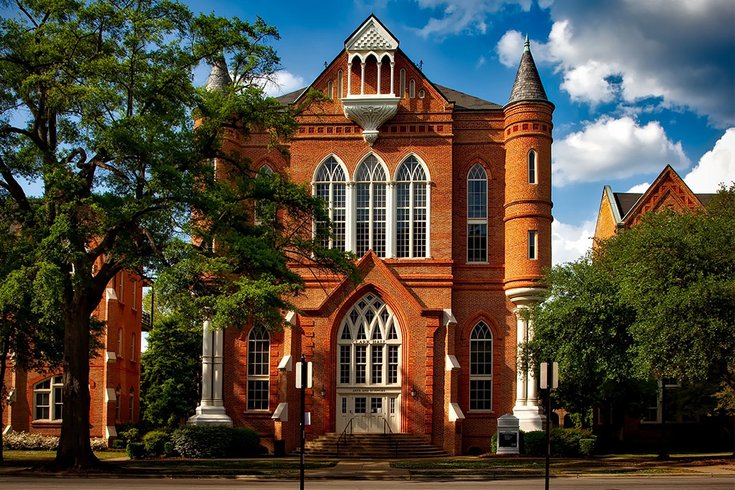
May 09, 2018
 Pixabay.com/via Pexels
Pixabay.com/via Pexels
A building on the campus of the University of Alabama.
Even though for-profit colleges get a bad rap for being predatory and leaving students saddled with debt but no degree, a significant number of private nonprofit and public colleges have the same issues.
For example, a recent analysis examined 781 colleges where most students borrow and few can repay their loans. While the analysis found that 73 percent of those schools were for-profit colleges, it also identified 209 private nonprofit and public colleges with low completion rates and heavy borrowing.
So, how can prospective students identify problematic colleges that will likely saddle them with debt and where few of their fellow students will graduate? As a policy analyst who examines issues of quality and equity in higher education, I suggest four questions students should ask when exploring which college to attend.
Many higher education institutions have a mission to educate as many students as possible - especially public and state systems - and thus have high acceptance rates. But other schools have high acceptance rates because they are motivated by the need for revenue.
For example, many private nonprofits with small endowments depend heavily on tuition. These colleges aggressively seek to bring more students through the door who can pay tuition, whether out of pocket or through loans, even though many of these students are not “college ready,” and need to take remedial courses and struggle academically.
If the college in question is nonselective, the next three questions take on added importance.
If a school is likely to leave you with a four-year debt of higher than $37,000 – the national average – the school might be too expensive or have limited aid to offer. Or it might aggressively push students to take loans.
The majority of students borrow some amount to finance their education. But depending on annual tuition and limited forms of other aid, colleges can hamstring students with sizable debt after graduation that then has a drag effect.
A recent study found that graduates with loans of $10,000 or more reach the national median net worth at a rate 26 percent slower than those without this debt level. Therefore, if a particular college requires you to borrow heavily, the next two questions will help determine if the debt is worth the gamble.
If a given school’s six-year graduation rate – a national benchmark for college completion – trails the national average of 59 percent for four-year colleges, there could be trouble.
For many students, failing to complete college in six years means not only carrying debt but carrying debt without receiving a degree or credential, which means decreased job prospects. And for dropout students who seek to continue their education elsewhere, transferring credits can be a challenge.
While on average graduates will be $37,000 in debt, at some schools they can expect to earn relatively low annual salaries – that is, somewhere between $30,000 and $40,000 – 10 years from when they first enrolled at their college. Of course, earnings will vary across professions and graduates. But low earnings make it challenging for students to pay off their debt. A general rule of thumb is that a student’s total debt should not exceed anticipated their annual salary. Thus, students should make the quick calculation of whether anticipated jobs and earnings 10 years after graduation are worth the anticipated debt.
![]() Answers to these four questions are publicly available online through the U.S. Department of Education’s College Scorecard.
Answers to these four questions are publicly available online through the U.S. Department of Education’s College Scorecard.
Jake Murray, Faculty Director for Professional Education, BU School of Education, Boston University
This article was originally published on The Conversation. Read the original article.